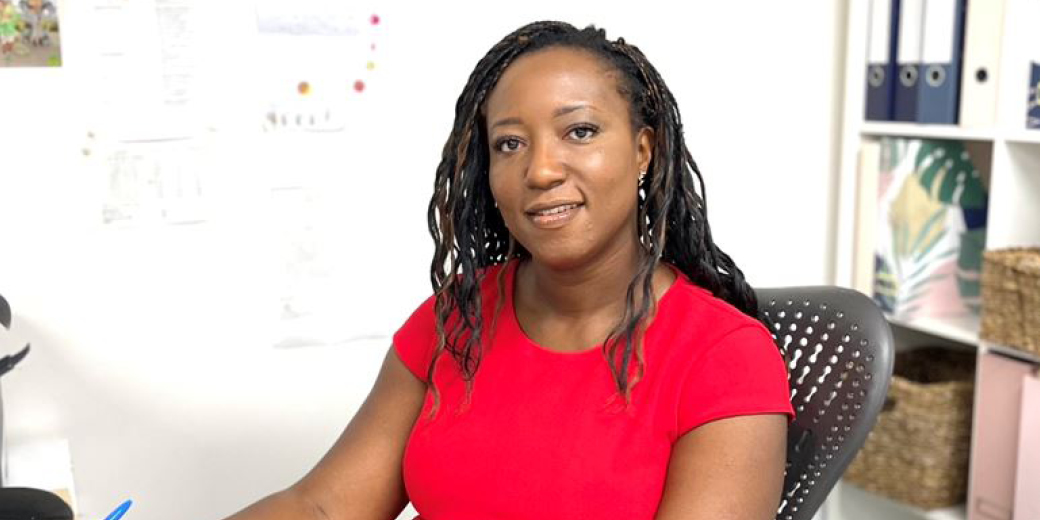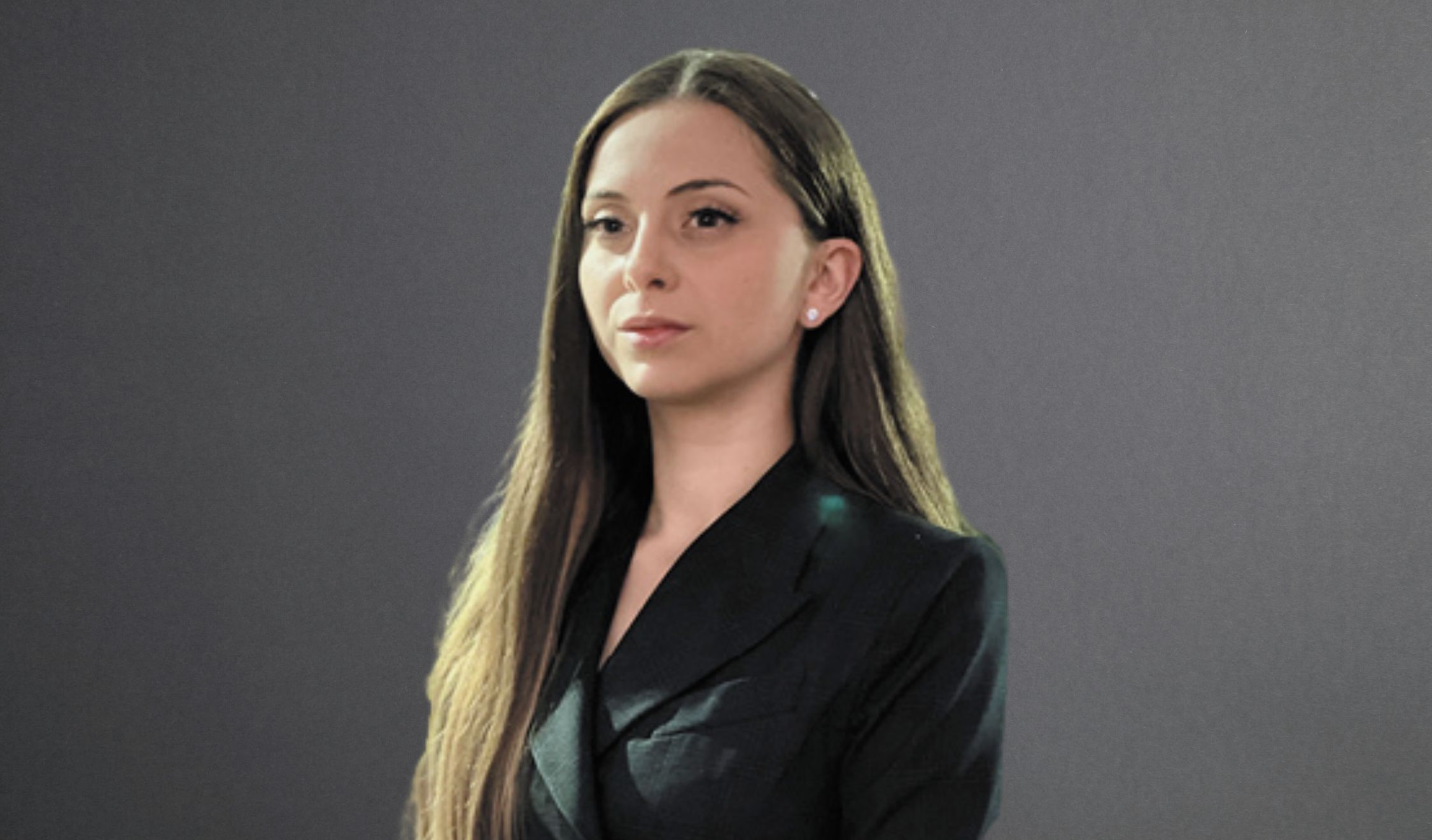Justice Jayne Jagot’s recent appointment to the High Court takes Australia to its first ever female majority bench. It is a landmark achieved ahead of the United States and Canada, fellow common law countries and democracies striving for better gender equity in the law and broader workforce.
However, this milestone masks hidden inequities. While gender equity is being reached in our law schools, leadership positions continue to be dominated by men.
In this College of Law State of Play Report, we investigate the truth beneath the statistics, why a gender gap remains stubbornly persistent among our highest offices, and what we can do, whatever our gender, to ensure our workforce is more representative of our population, at every level.
Gender equity by numbers: Gen Z leads gender equity
Women are pulling into the lead when it comes to attending university.
According to national gender balance ratios across Australia’s universities, women comprise 55.7% of all Australian university undergraduates.
These figures vary significantly between universities. At Australian Catholic University (ACU), which is popular for its teaching and allied health courses, women make up 72.7% of the undergraduate student population. However, at engineering-heavy University of New South Wales, only 46.8% of undergraduates are women.
At law school, women are reportedly outnumbering men. For example, in the College of Law’s PLT programs female students completing their PLT accreditation have outnumbered men for a number of years. Illustrated in the table below, since 2018 women have made up the majority of students completing practical legal training to enter the legal profession. As the largest national provider of PLT courses in Australia the College of Law’s statistics reflect a significant trend.
| PLT gender Split | 2018 | 2019 | 2020 | 2021 | 2022 |
| Female | 61.5% | 61.9% | 63.3% | 62.2% | 64.1% |
| Gender Diverse | 0.0% | 0.05% | 0.2% | 0.2% | 0.2% |
| GenderX | 0.0% | 0.05% | 0.0% | 0.0% | 0.0% |
| Male | 38.5% | 37.9% | 36.4% | 37.4% | 35.6% |
| Unspecified | 0.0% | 0.1% | 0.1% | 0.2% | 0.1% |
| Grand Total | 100% | 100% | 100% | 100% | 100% |
However, as women lawyers ascend the career ladder, their numbers thin significantly.
In 2016, the legal profession hit gender parity for the first time. Since then, women solicitors comprise 53% of the legal profession, with the Northern Territory and Australian Capital Territory reflecting the highest numbers of women lawyers - at 61% and 60% respectively.
According to the NSW Law Society, 54% of the profession are women. However, a closer examination of these figures reveals greater disparities. For example, less than a third of women lead law firms (29% are partners/principals). By contrast, over half of male solicitors are partners/principals (54%).
The remaining 71% of female solicitors are employees, while this figure is only 46% for male solicitors.
Where women work also differs. Women appear to prefer corporate roles (23%), compared to 17% men in corporate legal roles. The same is true for government roles, with 14% of female solicitors reportedly working in government, compared to 8% of men.
This could be attributed to the stability and flexible working conditions offered by corporate in-house and government roles. Again, this reflects underlying disparities and societal expectations around women, domestic labour, and childcare.
The gender pay gap continues to persist. Across all practice areas, the gender pay gap grows more pronounced above the age of 30, with a greater proportion of full-time female solicitors earning less than $150,000 (59%) compared to male solicitors (48%). Over a quarter of males reported earning over $200,000 (28%) compared to 19% of females.
However, the future holds some hope. On average, 21% of female solicitors were aged under 30 years, compared to 14% of male solicitors. In addition, 31% of females had been in practice for less than five years, compared to 23% of males. With women dominating the younger age bracket within the profession, there lies the possibility more women will ascend to senior roles. However, this will be impacted by the broader gender equity landscape.
Roadblocks to high office: parental leave, inflexible work, and the ‘motherhood penalty’
Parental leave has long been proffered as the reason why women face career roadblocks in their early thirties and beyond. While the profession has seen a growing majority of women and younger lawyers, women are leaving the profession earlier.
Just over half of all male legal practitioners had been admitted for 15 years or more (51%), compared to approximately a third of female lawyers (36%), suggesting women are departing the law during their childbearing and caring years.
Several law firms have taken steps to redress this issue, introducing progressive parental leave programs for both parents. Ashurst offers 26 weeks of fully paid leave to its employees, in its ‘FamilyCare’ policy introduced in July 2021. This also includes two weeks leave for pregnancy loss, and five days for related appointments.
According to Ashurst’s Global co-head of inclusion, diversity and belonging, Kate Sowden, the policy has seen the firm attract key people, including men, to the firm.
“Flexibility is a key lever for men’s participation in ‘sharing the care’ and we are pleased to see more men and non-birth parents taking up the full amount of leave,” Kate told Lawyers Weekly.
Clayton Utz has a similar policy, which goes to great lengths to redress the underlying inequities present in parenting and work.
“We know that, traditionally, more women than men have tended to take on the role of primary caregiver to children, which means they’re more likely to need a flexible work arrangement,” director of diversity and inclusion Alison Woolsey told Lawyers Weekly. “There’s also arguably been a bit of stigma in the past, particularly for men, as to working part-time and how that might be perceived in terms of your professional commitment.”
“That’s why our new parental leave policy is gender neutral and removes the historical ‘primary and secondary caregiver’ distinction. We know that access to paid parental leave and flexible work are key drivers of gender equality and women’s workforce participation.”
Policies like these may have a major impact, but are relatively new. Post-COVID, greater flexibility has become the norm - an excellent pushback against the ‘office presenteeism’ that dominated office life before COVID.
However, the presence of such progressive parental leave policies in major law firms and employers could provide women and men with a broader array of career pathways. Over time, we may see more women choosing to stay in the law, and within law firms, rather than seeking flexibility elsewhere, in corporate and government roles.
In the meantime, the ‘motherhood penalty’ looms large. According to the October 2022 Treasury Round Up paper, women’s earnings fall by 55% on average during the first five years of parenthood.
At the College of Law, our Postgraduate Applied Law students are predominantly women seeking to expand their practice area knowledge into areas dominated by boutique firms - family law and FDRP, wills and estates, government and public sector law, in house practice, and mediation / dispute resolution.
This may well be due to the flexibility offered by boutique law firms, many of whom were already offering work-from-home and flexible hours prior to the pandemic. Male-dominated areas of law known for their deadline-driven inflexibility, such as M&A and Litigation, tend to attract fewer female lawyers to study.
So what can we do?
Few doubt that more could be done to bring about meaningful gender equity in the law. While significant progress has been made in recent decades, the way forward may require a willingness to experiment, and be open to cultural shifts.
Some propositions to provide better gender equity include:
- Childcare subsidies. The Australian Government’s Federal Budget, delivered on 25 October 2022, committed $4.6B to boost child care subsidies - lifting child care subsidy rates to 90% for low income families (earning less than $80,000). This reflects a potentially broader policy push we might hope to see in the law to support working parents.
- Parental leave. Law firms of all sizes have announced ambitious parental leave schemes, but their uptake is mixed, particularly among working fathers. Uniform implementation of these policies as the norm across the profession, plus a push to redress the cultural stigma working fathers face when taking extended parental leave could see good policy turn into meaningful support for young families.
- Transparent pay. A controversial measure, publishing the salaries of employees across an organisation has become a way some organisations provide transparency. It allows employees earning less than colleagues doing the same job to push for pay parity, or a pathway to parity. Studies show that women don’t ask for pay rises as frequently as men, and, unlike men, women tend not to pursue jobs if they feel they don’t meet every aspect of the hiring criteria. Transparent pay could help redress these issues, but it also comes with its own considerations.
- Blind recruitment. This involves redacting key biographical information that might cause unconscious bias, such as full name, age, nationality, gender, or even schools. It focuses recruitment purely on experience. It is an approach tech recruiters sometimes use to identify what a potential hire can do, and minimise gender disparities.
- Better understanding of issues like menopause, maternity and endometriosis. Rarely discussed in the legal workplace, issues affecting women’s health can contribute to why women self-select out of less supportive work environments.
Please see the College of Law's Australian Legal Salary Survey 2024 outcomes.
“At the College of Law we see women forming the majority of our students at every stage of their careers. From PLT to CPD and Postgraduate Applied Law programs, women reflect a consistent commitment to furthering their careers through education,” Ann-Maree David, Executive Director the College of Law Queensland, explains. “It’s imperative that legal employers support women as well as they support men, and to this end, we welcome ambitious policies like parental leave available to all genders.”
- Ann-Maree David































![How to handle Direct Speech after Gan v Xie [2023] NSWCA 163](https://images4.cmp.optimizely.com/assets/Lawyer+Up+direct+speech+in+drafting+NSW+legislation+OCT232.jpg/Zz1hNDU4YzQyMjQzNzkxMWVmYjFlNGY2ODk3ZWMxNzE0Mw==)

























































